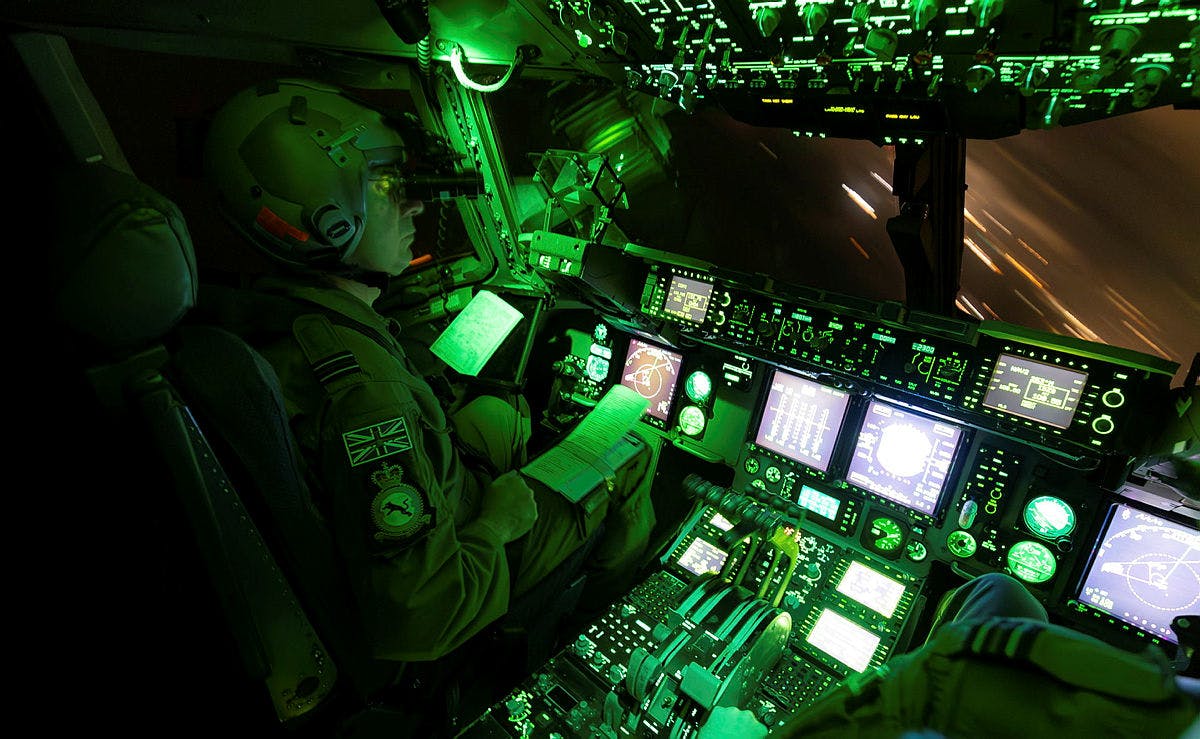This British development looks like a big step forward. The MOD has been testing a laser defence sytem used in conjunction with Thales’ Elix-IR Threat Warning System.
It works by early detection of launch and flight of missiles with the laser then used to neutralise these threats. Tested recently on a range in Sweden against multiple targets, the system achieved a success rate of 100%.

 ukdefencejournal.org.uk
ukdefencejournal.org.uk

 www.thalesgroup.com
www.thalesgroup.com
With modern warfare currently using missiles costing anywhere close to a million pounds to deal with threats sometimes only costing a few hundred of pounds, defensive laser technology would better balance the books with each laser emission costing under one hundred pounds.
Small enough, apparently, to be fitted to a helicopter.
I wonder if it could deal with drone swarms, which I’d imagine would have a much lower infra red signature given the nature of their propulsion.
It works by early detection of launch and flight of missiles with the laser then used to neutralise these threats. Tested recently on a range in Sweden against multiple targets, the system achieved a success rate of 100%.

Britain’s news air defence laser downs multiple missiles
RAF aircraft will soon receive a new laser self-protection system, after successful trials proved its capability to defend against missile threats.
 ukdefencejournal.org.uk
ukdefencejournal.org.uk

Elix-IR
Elix-IR® is the world’s most advanced multi-function passive Threat Warning System (TWS), offering the core functionalities of a simultaneous Missile Approach Warner (MAW) and Hostile Fire Indication (HFI)
With modern warfare currently using missiles costing anywhere close to a million pounds to deal with threats sometimes only costing a few hundred of pounds, defensive laser technology would better balance the books with each laser emission costing under one hundred pounds.
Small enough, apparently, to be fitted to a helicopter.
I wonder if it could deal with drone swarms, which I’d imagine would have a much lower infra red signature given the nature of their propulsion.

